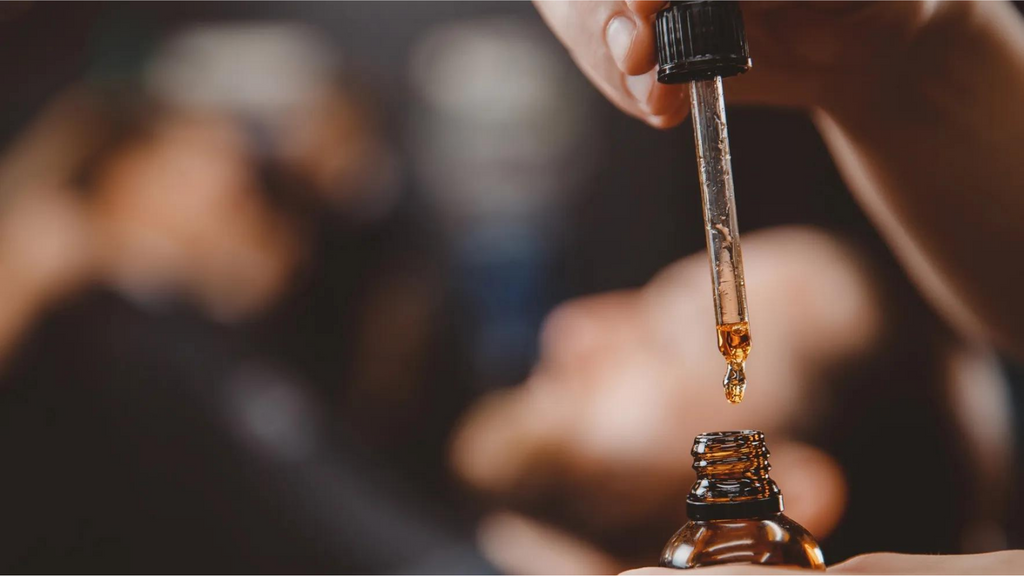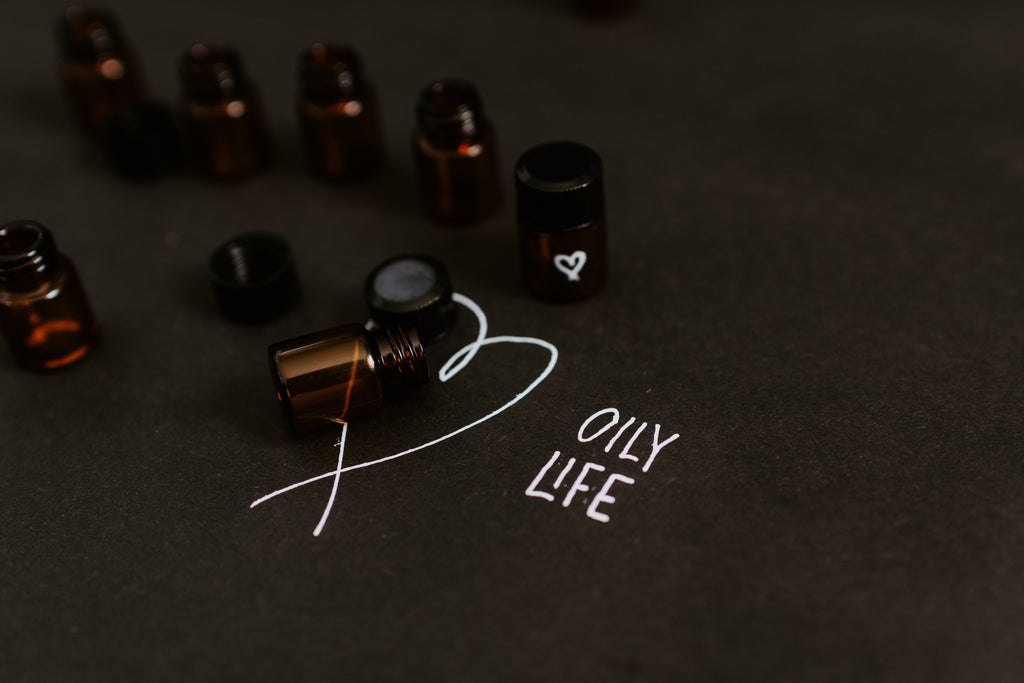HOW TO APPLY FACE OILS CORRECTLY
When is the best time to apply a face oil? How much oil should you be using? What other products should you be using in combination with your oils? Here are some basic tips to help you get the most out of your face oils.
Adding a facial oil into your skincare routine is super EASY!
The best time to apply a facial oil is on freshly washed skin, while it is still damp and warm - usually when you’re fresh out of the shower.Use the glass dropper to drop a few drops into your hands. Slightly warm the oil up before gently massaging or patting across the forehead, cheeks, chin, neck and décolletage. A gentle massage will help the oil to penetrate better, as well as boosting your circulation. Just a few drops are sufficient unless you have very dry skin – then you can add a couple more drops as needed.
Night time is the ideal time to add face oil into your skincare routine. While asleep, our cells do the much-needed work of repairing daily damage. This is because our blood vessels dilate at night. Therefore, there is an increase in blood blow, which allows for more nutrients to be absorbed into the skin. As such, our skin reaches ‘peak absorbency’ while we are sleeping. With the added advantage that your skin will be undisturbed by other external factors such as pollutants, UV radiation, or environmental toxins.
If you are introducing a face oil into your skin care routine for the very first time. The best way to do this is to make swaps slowly. Don’t suddenly change your current skincare regime or throw any of your regular products out straight away. With any new routine there is always going to be an adjustment period. Your skin may go through a short transition period while it learns to re-balance its own natural oil production. It’s totally normal for there to be skin fluctuations. Your skin will need a little time to get used to all the high-density, undiluted skin nourishment that comes from using an active botanical face oil. Like any new transition, give it time.
Once your skin has gotten used to its new night time routine. Begin implementing your day time face oil in the morning, a few days a week or every other day. It’s fine to use your old products on alternating days. This allows your skin to get used to another new transition. It's always best to make one swap at a time. Eventually your skin will tell you when it’s the right time to make a full transition over to your new skincare routine.
Everybody’s skin is unique and different. Always ensure you pay close attention to your skin’s responsiveness to your facial oil. If you notice your skin rapidly absorbing the oil, consider using more. Conversely if the skin feels congested, experiment with using a little less.
Healthy skin wasn't built in a day. Skin takes approximately 28 days to renew. It’s best to give any new skincare routine at least a month. Ideally it takes a period of 3 months to obtain full benefits and results.
Continue reading




